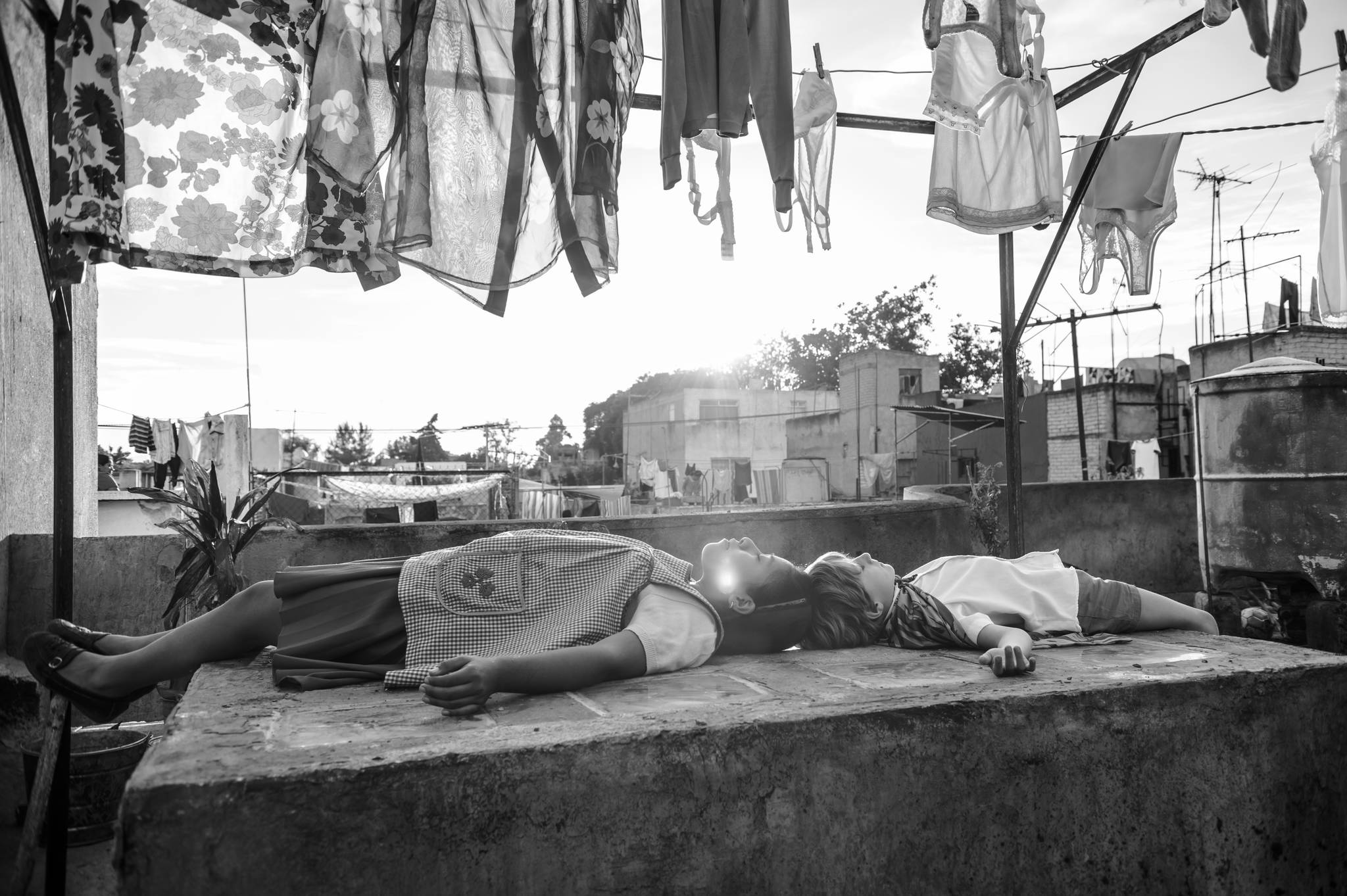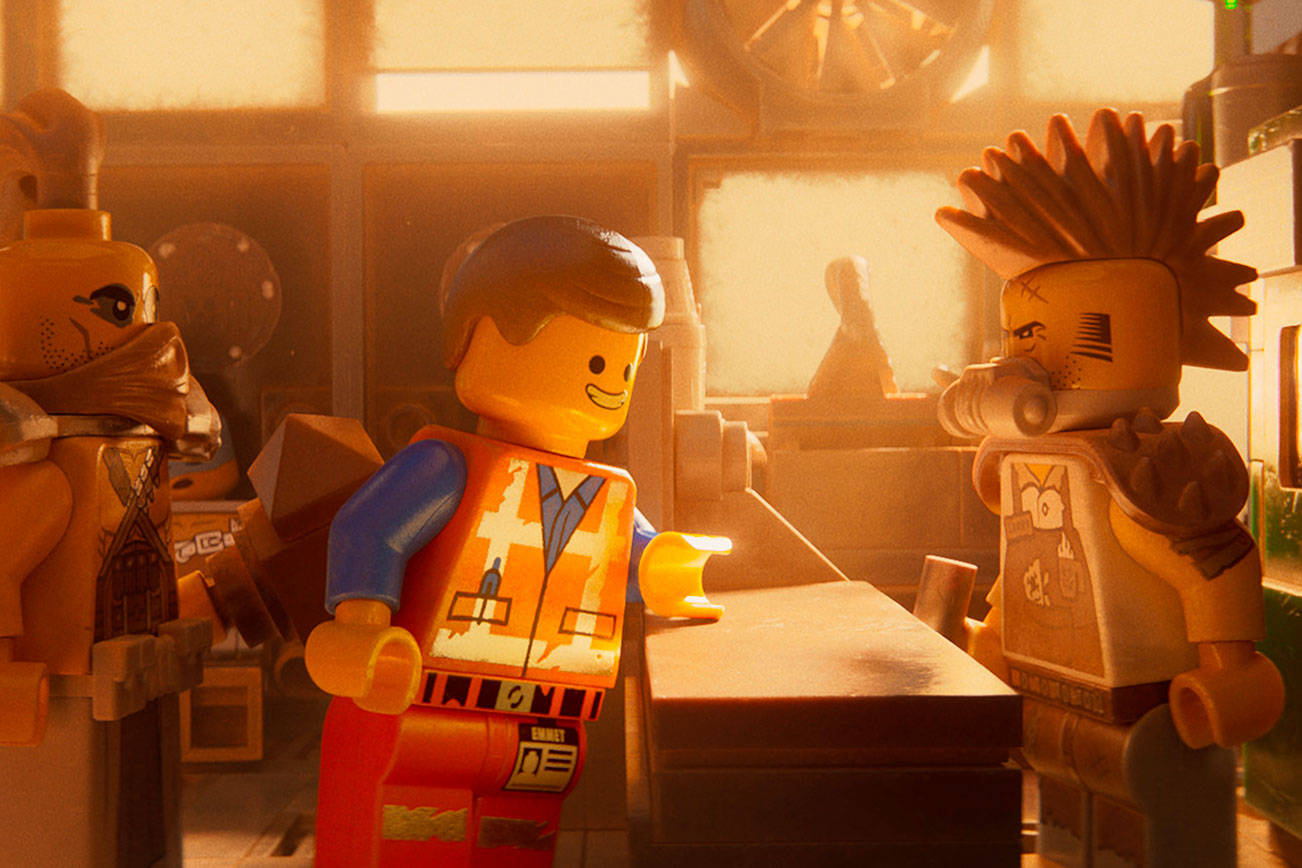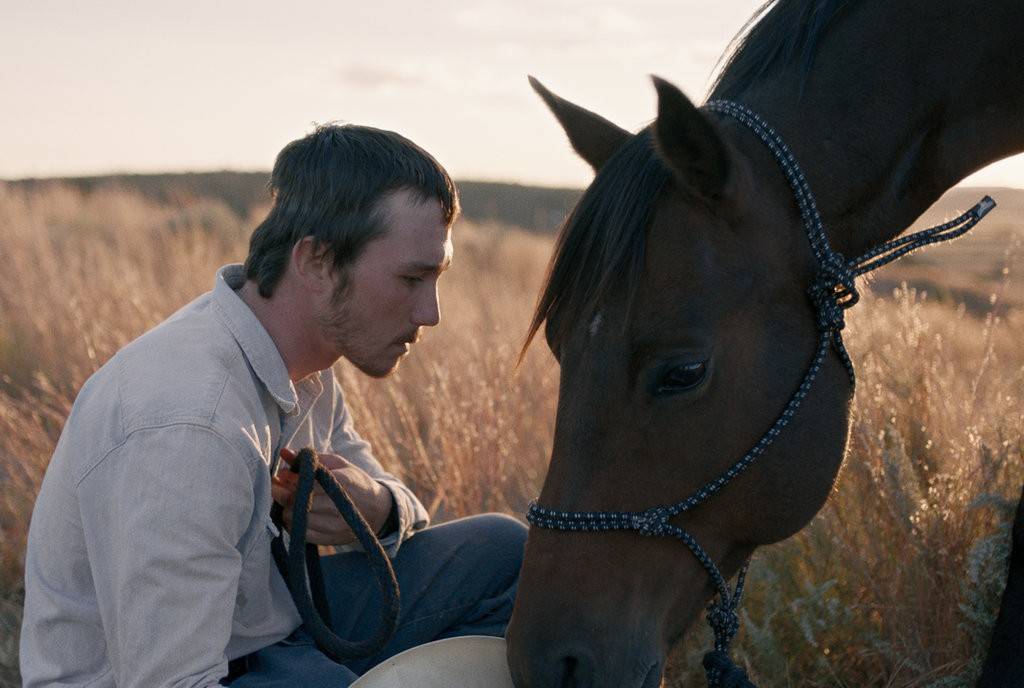The opening shot of Alfonso Cuarón’s Roma is a self-contained masterpiece—no surprise, considering the mind-boggling opening shots of Children of Men and Gravity, the Oscar-winning director’s two previous features. Here, our focus on a section of elegant floor tiles is interrupted by a wash of water that flows in waves across the floor, a mysterious image that turns out to be a housemaid washing up the exposed entryway at a Mexico City house, a favorite spot for the family dog to do its (apparently prodigious) pooping. As the water accumulates, the image changes, and we can now see the reflection of the sky above the entryway.
The water, the sky, the dog poop—everything will play a role in this intimate yet somehow epic film, which Cuarón has said is based on his childhood memories of Mexico in the early 1970s. The stylish house belongs to an upper-class family whose existence is about to be rocked by the departure of the father, a physician. But our focus is on the family housekeeper, Cleo (played by newcomer Yalitza Aparicio), a young woman of indigenous heritage. Cleo endures a series of trials during the year depicted in Roma, including an unreliable boyfriend, a student demonstration that turns into a massacre, and a personal tragedy that seems almost unbearable. Cleo is alternately befriended and bossed by the family’s mother (Marina de Tavira), but she’s unequivocally adored by the children, and also by the film’s director.
This is that rare “memory film” in which the focus of the memory is not the author himself, and Cleo is more than worthy of our attention. But Cuarón also places her in a series of black-and-white vistas—the interior of the house, a vast rural area, a beach—where the camera glides along in quiet contemplation, as though reminding us of the enormous world around the characters. It’s a little like the outer space of Gravity, actually, where even the intense drama of the heroine’s journey is put into perspective by the immensity of what’s going on around her.
In part because of Aparicio’s warm presence (she was a schoolteacher in training when she auditioned for the film), we stay locked into Cleo’s heroic story, even as Cuarón alludes to Mexico’s political situation or the absurdity of the class system. (If there’s a keener way of mocking the upper classes than showing a household with the stuffed heads of the family dogs mounted on the walls, I can’t think of it offhand.) Although dreamlike in style, this movie doesn’t sentimentalize its story; even after the most bonding of experiences, the family still treats Cleo like a servant.
One doesn’t normally think of a Spanish-language film as an Oscar front-runner, but Roma’s emotional force has been knocking audiences flat since it bowed at the Venice Film Festival three months ago, and it picked up the Best Picture and Best Director prizes from the New York Film Critics last week. See the film, and you’ll understand the reaction. The way Cuarón accumulates details—the jumble of clothes drying on a roof, a broken jug after a New Year’s toast, the ubiquity of the Jesus Christ Superstar soundtrack in 1971—builds an elemental power, and eventually Roma comes to feel very large indeed, like the sea, or the sky.
Roma
Opens December 6 | Cinerama & The Crest | Streams on Netflix Starting December 14 | Rated R






